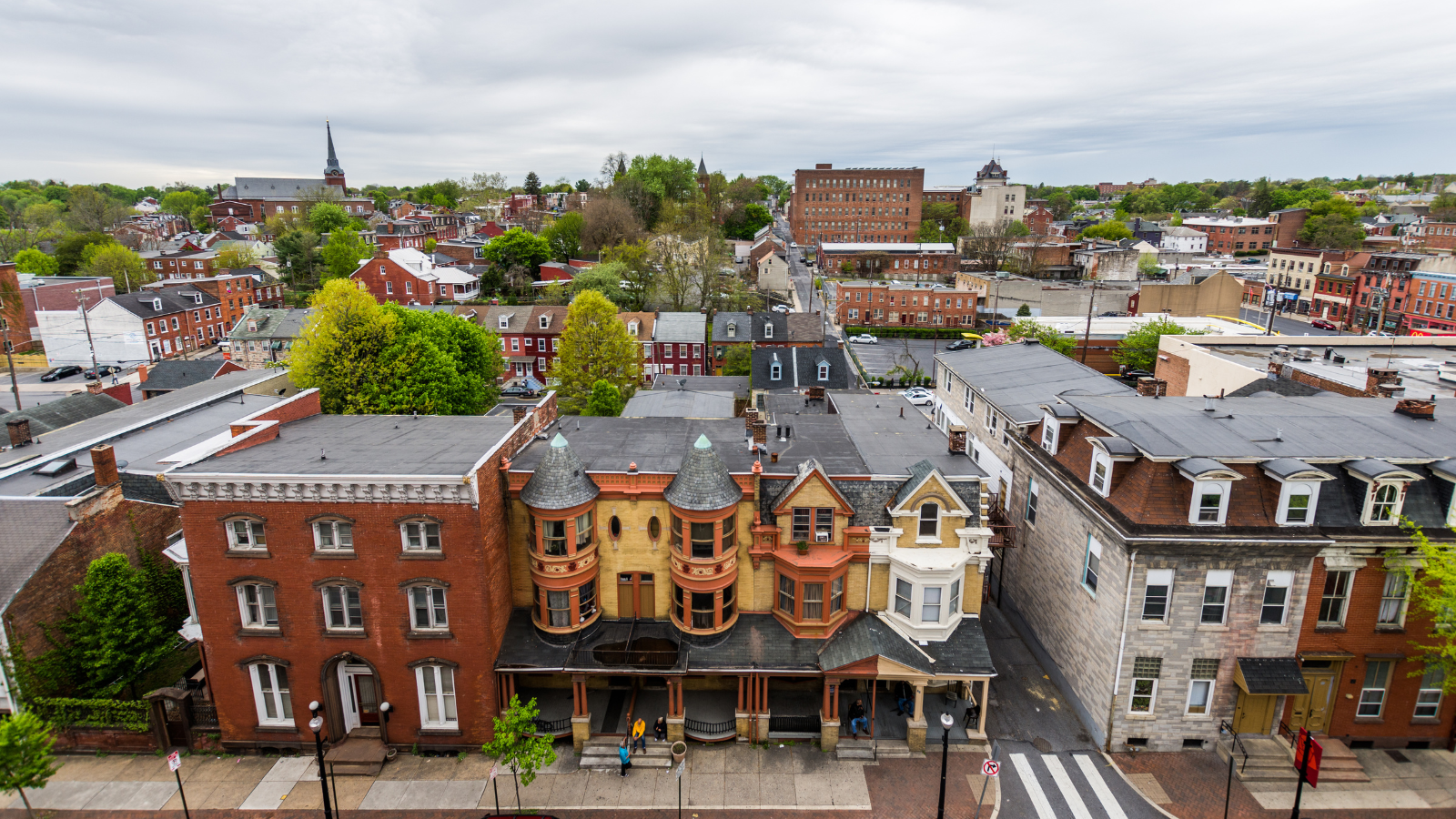
Offshore Drilling, Onshore Damage
On May 19, 2015, a rupture in an onshore pipeline transporting oil from offshore drilling platforms in the Santa Barbara Channel to onshore refineries spilled 120,000 gallons of crude oil on the California coastline. This pipeline rupture is representative of how the production, transportation and processing of oil and natural gas offshore can affect the health and well-being of people, wildlife and the environment onshore.
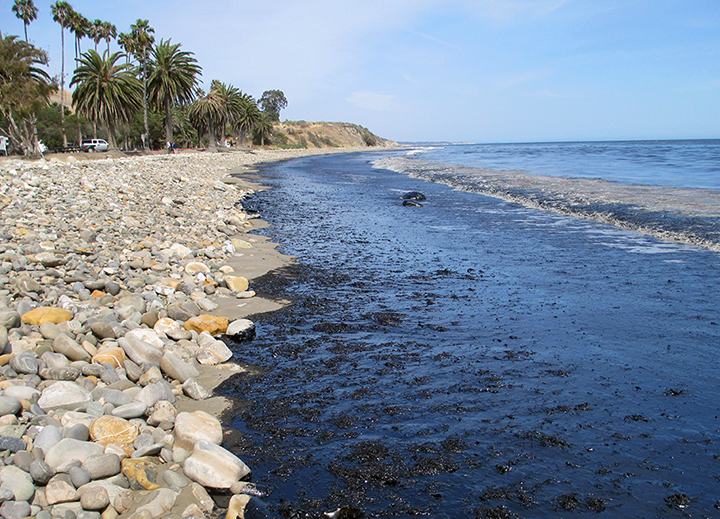
On May 19, 2015, a rupture in an onshore pipeline transporting oil from drilling platforms in the Santa Barbara Channel to onshore refineries spilled 120,000 gallons of crude oil near Refugio State Beach, west of Santa Barbara, California. The Santa Barbara Fire Department initially responded to a report of a petroleum smell, and the response grew to include 1,300 responders from local, county, state and federal agencies. The spill forced the closure of both El Capitan and Refugio state beaches – El Capitan State Beach for over one month and Refugio State Beach for almost two. Oil from the spill was found at beaches in Los Angeles County, 80 miles away. The spill killed nearly 100 mammals and more than 200 birds, and affected a range of marine life, including brown pelicans, California sea lions, elephant seals and dolphins. Local fisheries were closed during the spill.
The pipeline operator, Plains All American Pipeline, was convicted in 2018 on a number of criminal charges related to the oil spill. A jury found that the company had failed to maintain the pipeline and failed to notify emergency responders promptly once it detected the oil spill, among other violations. The company subsequently was fined $3.35 million.
Plains All American Pipeline has applied for permits to build a replacement pipeline. If permits are approved, the pipeline would once again transport crude oil from three platforms in the Santa Barbara Channel to onshore refineries and other pipelines.
Portions of the replacement 123-mile long pipeline, which would mostly follow the same route as the existing pipeline, would impact areas on and near the coast. It would run through Santa Barbara, San Luis Obispo and Kern counties. Sixteen miles of it would cut through Los Padres National Forest, Carrizo National Monument, Bitter Creek Wildlife Refuge and Gaviota State Park. These places are irreplaceable and ecologically important, with several providing habitat for endangered species, including the California condor, Southwestern willow flycatcher and San Joaquin kit fox.
The Santa Barbara County pipeline rupture is representative of how the production, transportation and processing of oil – including oil produced from offshore drilling – can affect the health and well-being of people, wildlife and the environment.
The Trump administration has proposed opening significant portions of the Atlantic, Pacific and Arctic oceans off the U.S. coast to offshore oil and gas drilling. Our new report, Offshore Drilling, Onshore Damage: Broken Pipelines, Dirty Refineries and the Pollution Impacts of Energy Infrastructure, released with Environment America Research & Policy Center, shows how an increase in offshore drilling – particularly in areas of the country that do not currently produce large volumes of oil – will require the development of new fossil fuel infrastructure onshore and increase the use of existing infrastructure. These activities, as much as offshore drilling itself, pose threats to residents of coastal communities and sensitive coastal ecosystems.
Increased offshore drilling may mean new pipelines will be constructed to carry oil and gas onshore from offshore wells, increasing the risk of leaks that endanger sensitive coastal ecosystems. More offshore drilling may result in more oil tankers and barges coming and going from U.S. ports, either delivering crude oil from offshore production sites or picking up oil for export. Or, drilling wastes containing toxic or radioactive material may be brought to shore for disposal. Increased offshore oil production may lead to construction of new refineries or the expansion of existing ones, adding to air pollution in nearby communities.
To protect coastal communities and ecosystems, the nation should refrain from expanding offshore oil and gas production. At the federal level, the Trump administration should permanently withdraw its proposal to expand offshore oil and gas production in the Atlantic, Pacific and Arctic oceans. Separately, states should protect coastal areas by blocking construction of new oil and gas infrastructure or the expansion of existing infrastructure needed to support expanded offshore drilling. California and New Jersey, for example, have banned construction of infrastructure that could be used to support new offshore drilling. For California, this will mean no new pipelines that may cause the kind of devastation witnessed in Santa Barbara County in 2015.
By taking these actions, the federal government and state governments can help protect the health of coastal residents and ecosystems from the harmful onshore impacts of offshore oil and gas production.
Photo: Oil from a ruptured pipeline coats Refugio Beach near Santa Barbara, California, in 2015. Credit: U.S. Coast Guard.
Topics
Authors
Elizabeth Ridlington
Associate Director and Senior Policy Analyst, Frontier Group
Elizabeth Ridlington is associate director and senior policy analyst with Frontier Group. She focuses primarily on global warming, toxics, health care and clean vehicles, and has written dozens of reports on these and other subjects. Elizabeth graduated with honors from Harvard with a degree in government. She joined Frontier Group in 2002. She lives in Northern California with her son.
Find Out More
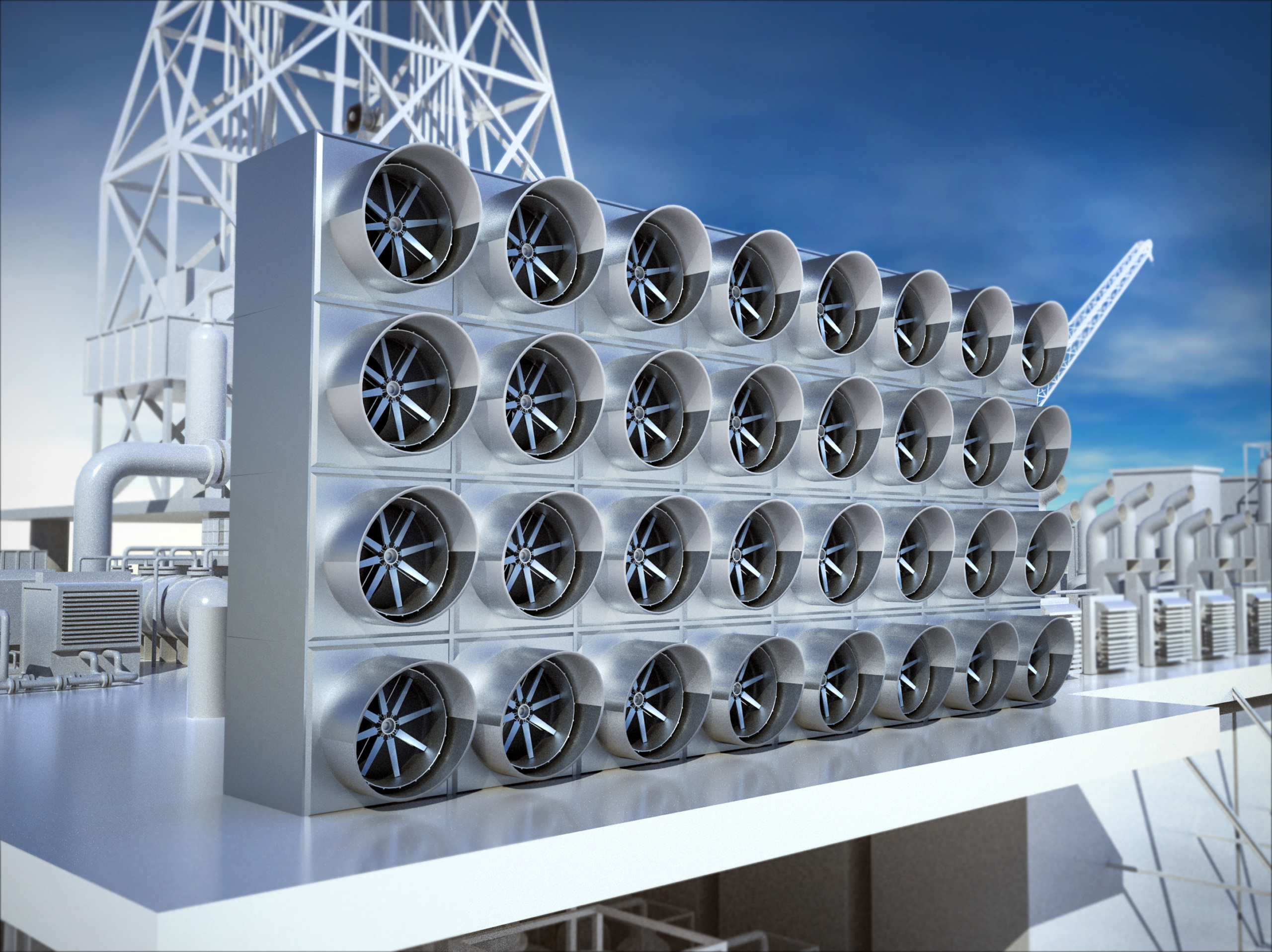
Carbon dioxide removal: The right thing at the wrong time?
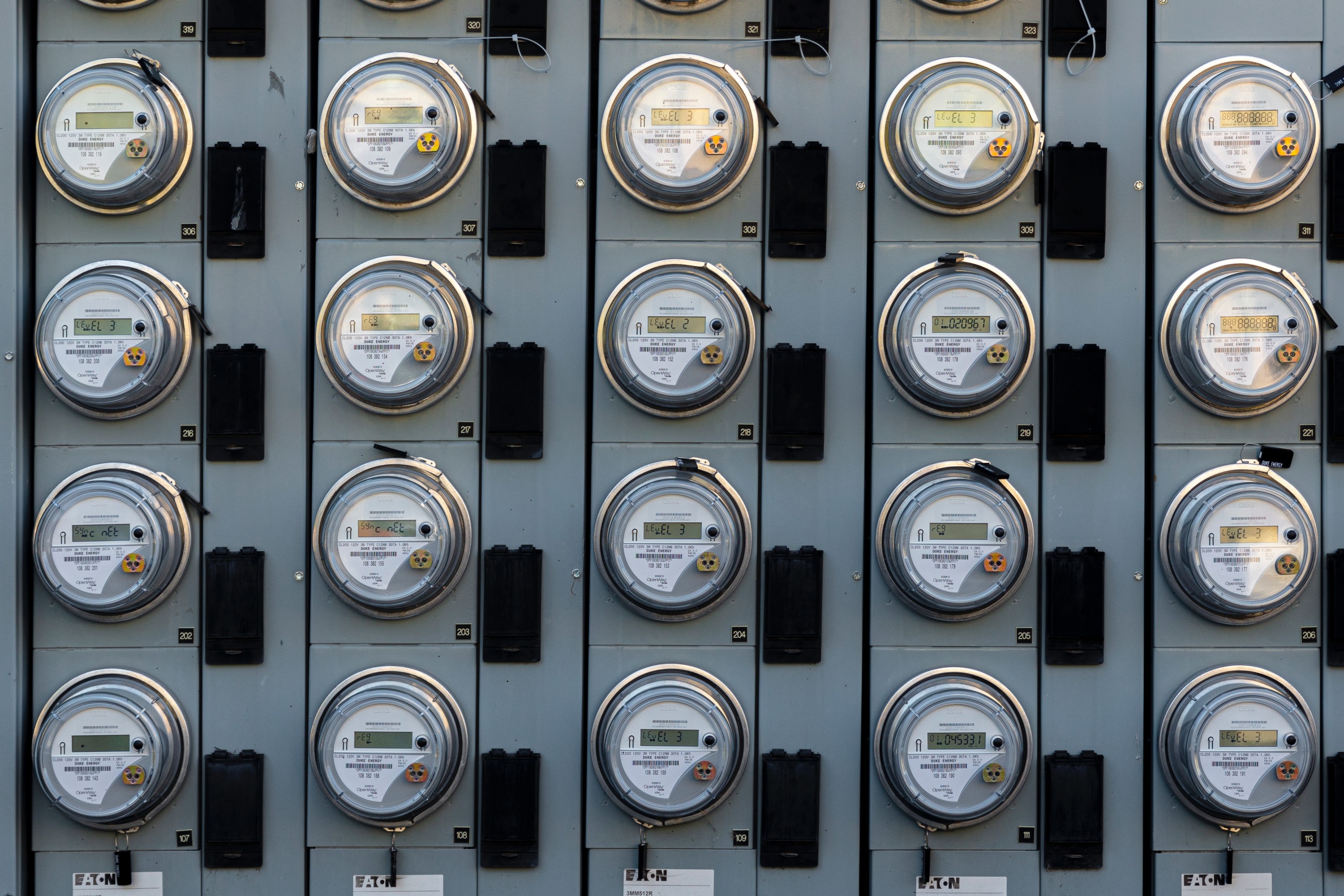
How to get more from state energy efficiency programs
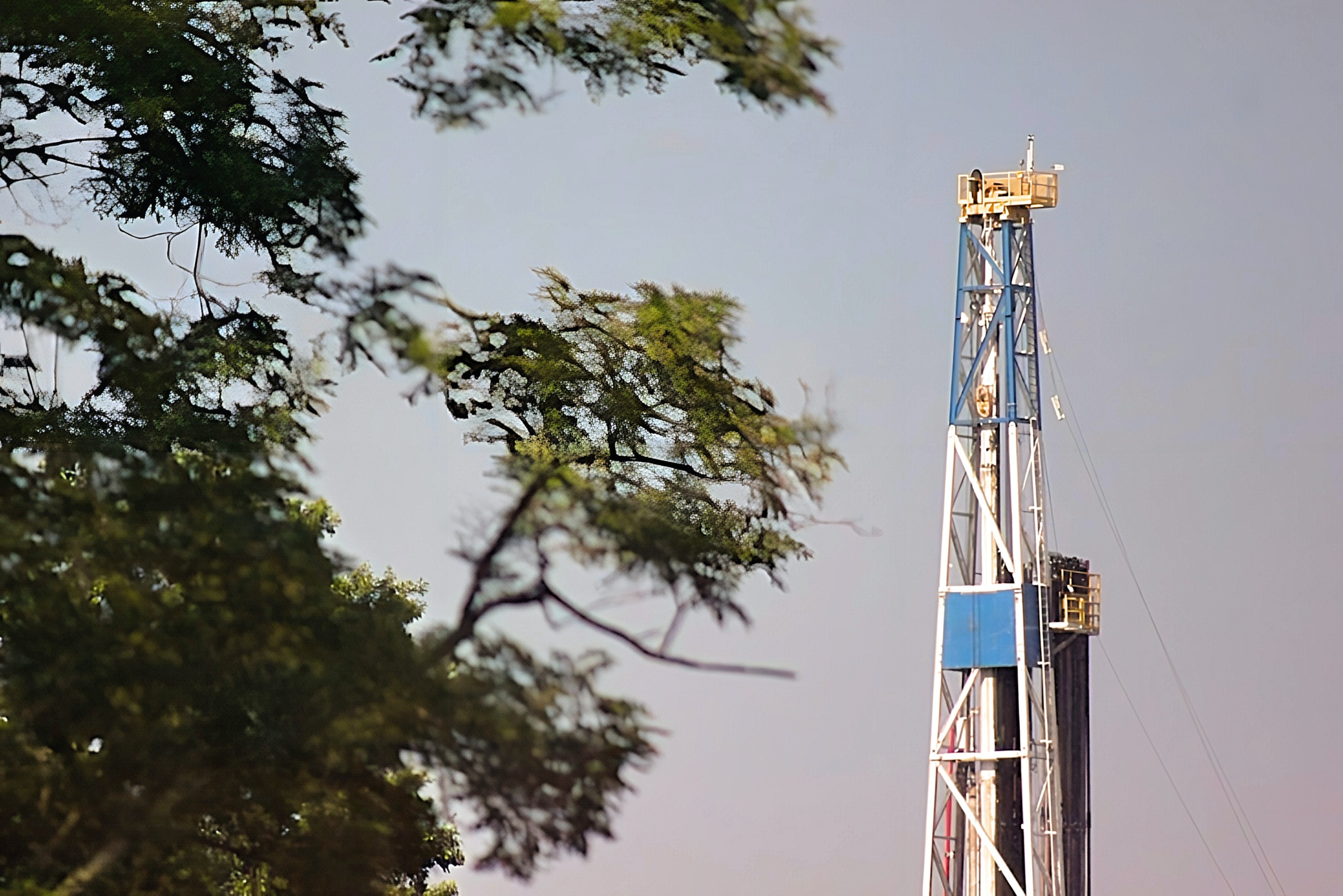
“Certified natural gas” is not a source of clean energy
